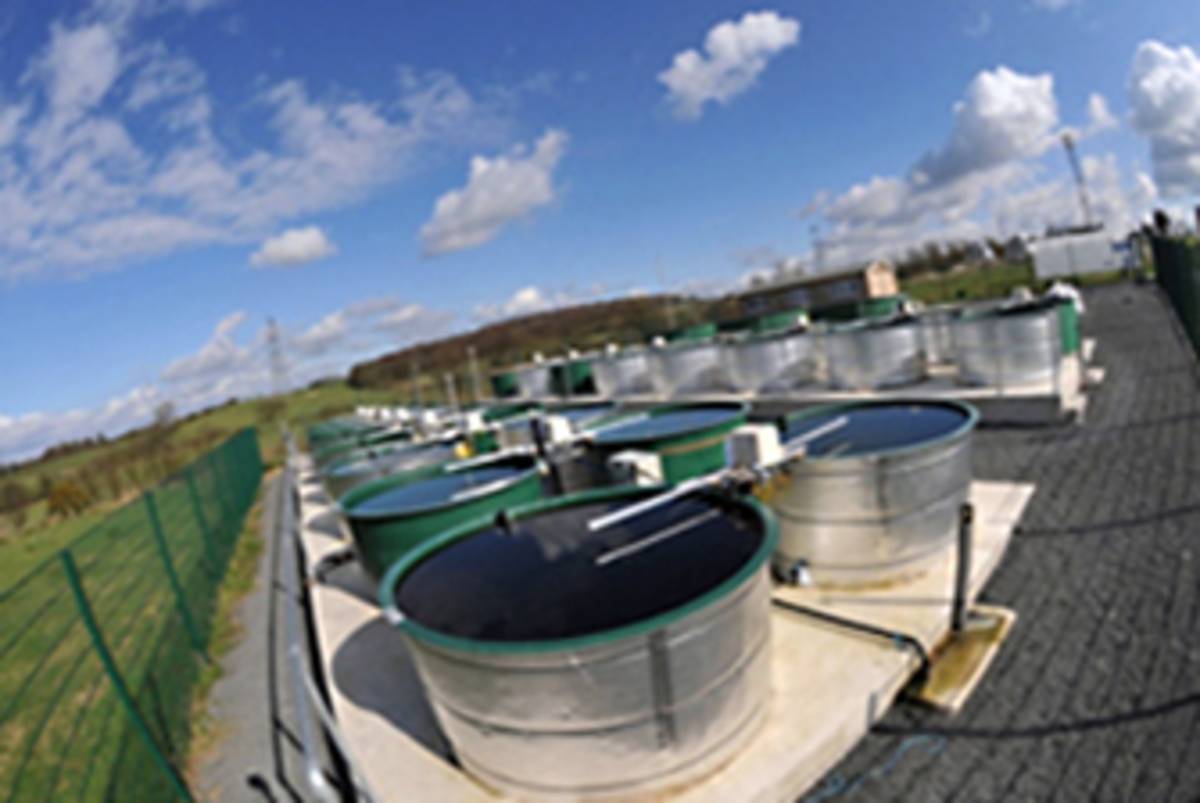An innovative facility consisting of 32 tanks is helping researchers at CEH Lancaster understand how large bodies of water, lakes ands reservoirs, behave in response to different environmental conditions.
We use the CEH Aquatic Mesocosm Facility to disentangle how different external drivers or stressors influence the structure and function of shallow lake ecosystems.
Each 3,000-litre tank simulates a small lake where all variables can be controlled. They are well equipped with sensors to measure water temperature, dissolved oxygen and solar radiation. Scientists use the site for all sorts of tests - for example, heating elements near the bottom of each 2m diameter tank can increase water temperature to investigate how climate warming will affect freshwater communities. Mixers in each tank are able to disrupt thermal stratification, and an external raw water supply is available to flush the tanks.
Each mesocosm is open to the elements like a real lake. By adding lake sediment, water and lake organisms, we can simulate a range of realistic lake environments under controlled conditions. The advantage of this facility over natural lakes or reservoirs is that it provides us with replication and continuous monitoring. This gives us statistically robust evidence of how freshwaters react to whichever factors and manipulations we want to investigate.
